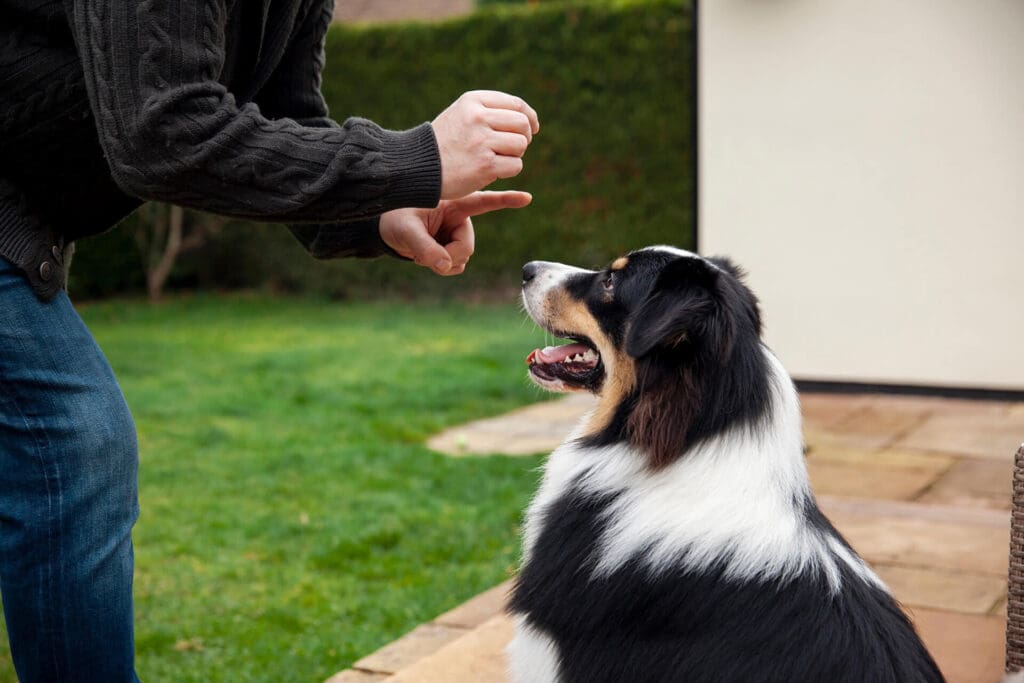Bringing a dog into your life is a rewarding experience, but it also comes with responsibilities, including proper training. Dog training is an investment in your dog’s well-being and the quality of your relationship. To ensure you get the most value from your dog training investment, follow this step-by-step guide, incorporating valuable insights and tips along the way.
Step 1: Define Your Goals
Before you begin any dog training program, it’s essential to define your goals. What specific behaviors or skills do you want your dog to learn? Whether it’s basic obedience, advanced tricks, or addressing behavioral issues, having clear objectives will help you choose the right training approach.
Step 2: Research Training Methods
There are various training methods available, ranging from traditional techniques to modern, positive reinforcement-based approaches. Research these methods and choose one that aligns with your goals and personal beliefs. Positive reinforcement methods are generally considered more humane and effective.
Step 3: Find a Certified Trainer
Selecting a certified dog trainer is crucial to the success of your training investment. Look for trainers with credentials and experience in your chosen training method. Ask for recommendations from friends, family, or local pet organizations in Kansas City to find reputable trainers.
Step 4: Attend Group Classes
Enrolling in group classes is an excellent way to socialize your dog while receiving professional guidance. Group classes offer an environment where your dog can interact with other dogs and people, enhancing their social skills. This step is especially important for puppies.
Step 5: Practice Consistently
Consistency is key to successful dog training. Practice the commands and techniques you learn in training classes regularly. Short, daily sessions are more effective than sporadic, long sessions. The more consistent you are, the quicker your dog will learn.
Step 6: Use Positive Reinforcement
Positive reinforcement, such as treats, praise, and toys, plays a significant role in dog training. Reward your dog immediately when they exhibit the desired behavior. This positive association encourages your dog to repeat the behavior.
Step 7: Address Behavioral Issues Early
If your dog exhibits behavioral issues like aggression, anxiety, or excessive barking, address them early. These problems can worsen if left unattended, making them more challenging and expensive to resolve later. Consult your certified trainer for guidance on addressing specific issues.
Step 8: Be Patient and Consistent
Training takes time, and every dog learns at their own pace. Be patient and avoid frustration when progress is slow. Consistency in your training approach and expectations is essential. Remember that building a well-trained dog is a journey, not a destination.
Step 9: Incorporate Training into Daily Life
Training doesn’t end when the class is over. Incorporate training into your daily life by practicing commands during walks, meal times, and play sessions. Consistent reinforcement helps solidify your dog’s training.
Step 10: Maintain a Positive Relationship
Training should strengthen the bond between you and your dog. Ensure that training remains a positive experience for your furry friend. Avoid harsh punishments and instead focus on clear communication, patience, and love.
Step 11: Continue Learning
Dog training is an ongoing process. Even after completing a training program, continue to learn about dog behavior and training techniques. Attend advanced classes or workshops to further enrich your dog’s skills and your knowledge.
Step 12: Seek Professional Help When Needed
If you encounter training challenges or issues beyond your expertise, don’t hesitate to seek professional help. Certified trainers can provide guidance and solutions for more complex problems.
Conclusion
Investing in dog training is an investment in the happiness and well-being of both you and your dog. By following this step-by-step guide and incorporating positive reinforcement-based training methods, you can maximize the value of your training investment. A well-trained dog enhances the quality of your relationship and makes for a more harmonious life together in Kansas City. Remember that the journey of dog training is a rewarding one that continues to evolve as you and your dog learn and grow together.






